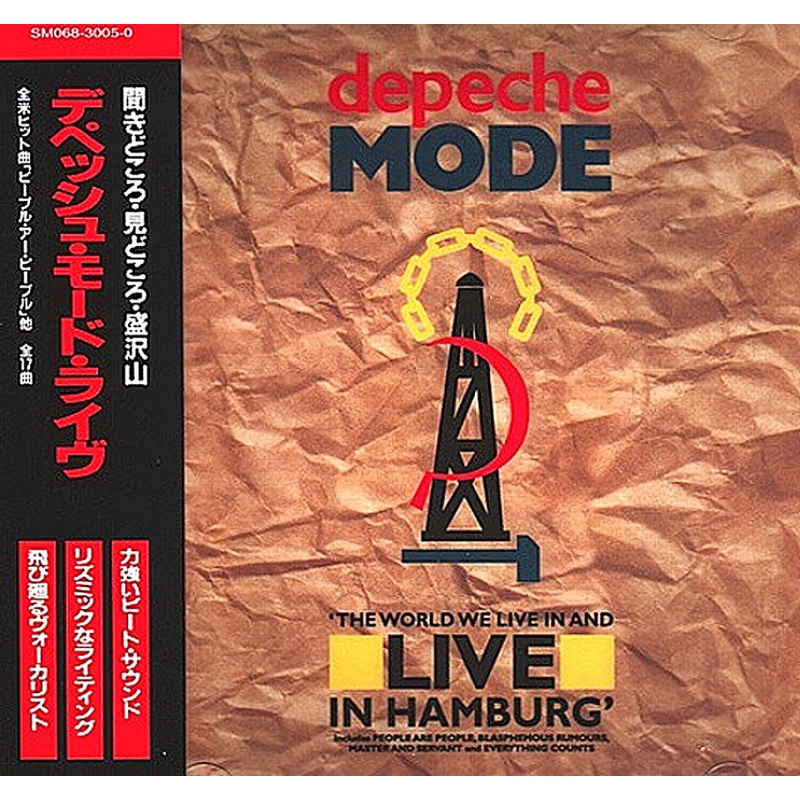

Guitars were processed through devices such as Leslie tone cabinets, originally designed for organs, to achieve different sounds. The sound produced was very embryonic however, it gave the band a direction as to how the track should sound. Early demos for "Condemnation" included all four band members performing in the same space- Andy Fletcher bashing a flight case with a pole, producer Flood and Dave Gahan clapping, Alan Wilder playing a drum and Martin Gore playing an organ. A harpsichord sample was then played and recorded over the top, giving a unique, layered sound to the riff. "Walking in My Shoes" included a piano part which was processed through a guitar processor to add distortion. The introduction of the track "Judas" has uilleann pipes recorded with reversed reverberation mixed into the sound, to achieve a haunting, atmospheric feel. įurther techniques used in recording included the reversed piano on the outro to the track "Mercy in You". Embellishments like reversed cymbals were added later at the behest of Wilder, who often suggested such experimentation. Tracks such as "I Feel You" included drums performed live by Wilder which were then sampled and sequenced to form drum loops using Cubase, in a different structure to how they were originally performed, keeping all the dynamics and inherent mistakes of a human performance. For making Songs of Faith and Devotion, the band wanted the sound to be looser and less programmed. Wilder recalled on Violator the band had relied heavily on sequencing though the album used a great deal more live recorded audio than previous Depeche Mode releases, the audio had been quantised to the exact beats of the bars, resulting in a slick but sequenced feel. The band had become aware of getting caught in easy routines in the studio leading to boredom and thus wanted to change as many aspects to their approach to the recording as possible. The recordings from the kits could then be processed through synthesizers, such as the large Roland System 700 the band had installed in the studio. A studio was set up in the basement of the villa, with two drum kits using different spaces to achieve different sounds. Following his work on U2's seventh studio album, Achtung Baby, producer Flood suggested the idea of building their own studio in a rented house where the band would live and work, the same process having yielded huge successes for U2. Songs of Faith and Devotion was recorded over eight months in a rented villa in Madrid during 1992, as well as later sessions in Hamburg and London. Depeche Mode subsequently recovered from the experience, and released Ultra in 1997.īackground and recording Techniques and processes The ordeal had exhausted their creative output following the enormous success they had enjoyed with Violator, leading to rumours and media speculation that the band would split. Recording the album and the subsequent tour exacerbated growing tensions and difficulties within the band, prompting Alan Wilder to quit, making this album the final one with him as a band member. To support the album, Depeche Mode embarked on the fourteen-month-long Devotional Tour, the largest tour they had ever undertaken to that date. Upon its release, Songs of Faith and Devotion reached number one in several countries, and became the first Depeche Mode album to debut atop the charts in both the UK and the US. The album incorporated a more aggressive, darker rock-oriented tone than its predecessor Violator (1990), largely influenced by the emerging alternative rock and grunge scenes in the United States. It was first released on 22 March 1993 in the United Kingdom by Mute Records and a day later in the United States by Sire Records and Reprise Records. Songs of Faith and Devotion is the eighth studio album by English electronic music band Depeche Mode.


 0 kommentar(er)
0 kommentar(er)
